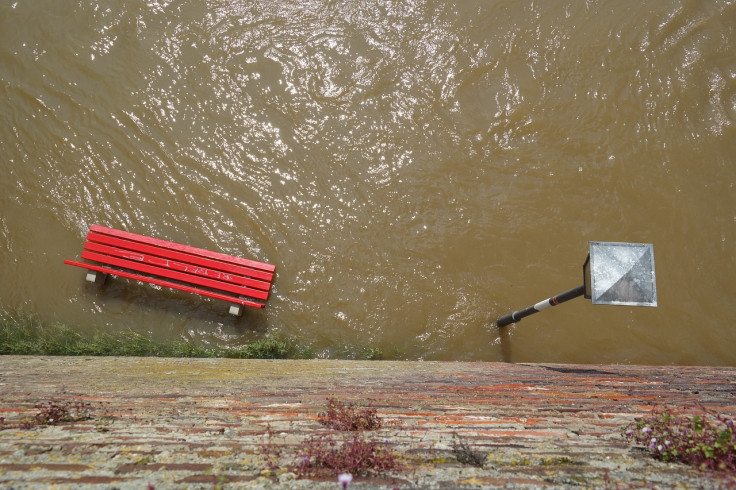California Weather: Powerful Storm Brings More Rain And Snow, Likely To Set New Records
Californians can expect more rain and snow, as another storm is making its way through parts of the state.
A powerful Pacific storm moved inland Tuesday and will continue doling out severe weather conditions through Thursday.
The National Weather Service (NWS) said the Central California coast will receive relentless rain and put residents in the path of flash flooding.
The northern coastal ranges and the Sierra Nevada are expected to see the worst of the storm and receive up to 3 feet of snow.
"Very heavy snow is forecast for higher elevations of the northern coastal ranges and the Sierra, with storm-total snowfall likely be upwards to 1-3 feet by late Wednesday," the NWS said.
Craig Shoemaker, a meteorologist with the Weather Service in Sacramento, told the New York Times that the "main impact" of this powerful storm "is going to be very heavy snow over the Sierra Nevada mountains."
The eastern San Gabriel Mountains could receive 6 to 12 inches of snow above 5,000 feet. The region is under a winter storm warning from 4 a.m. Wednesday until 2 p.m. Thursday, according to ABC7.
A winter weather advisory will also be in effect in the western San Gabriel Mountains and Antelope Valley (14) Freeway corridor from 4 a.m. Wednesday until 2 p.m. Thursday. The region could receive 4 to 8 inches of snow above 5,000 feet.
Parts of California will also see significant rainfall.
"As far as the valley goes, we're expecting through Thursday morning anywhere from three-quarters of an inch to an inch and a half of rain," Shoemaker added.
It is also likely that new records for rain in the month of March will be set by the end of this week in the cities of Oakland and Monterey.
The storm will also leave the state with cool temperatures, with some areas possibly even breaking their daily records for the lowest max temperatures.
Sacramento saw a new record Tuesday for the lowest max temperature, KCRA 3 Chief Meteorologist Mark Finan said.
"High temperatures will continue to be below average for much of the West Tuesday-Wednesday, with highs in the 30s and 40s for the Northern Rockies/Great Basin and the 50s for most of California," the NWS added. "Some high temperatures over the next few days in California may break or tie the coldest maximum temperature for that date."
California has been battered with severe weather in recent months and saw at least 12 atmospheric rivers bringing relentless rain and snow to the state.
Normally, an atmospheric river storm at this time of the year would help the state with a beneficial amount of rain and snow. However, California has received unprecedented rain and snow this year, which has disrupted the lives of millions.
"Preceding storms have saturated soils which will result in trees coming down and the potential for more power outages," NWS meteorologist Roger Gass told CNN.
"We still have road closures in the mountainous areas because of the sheer number of landslides and rockslides since we have been impacted by so many storm systems," Gass added.

© Copyright IBTimes 2024. All rights reserved.






















